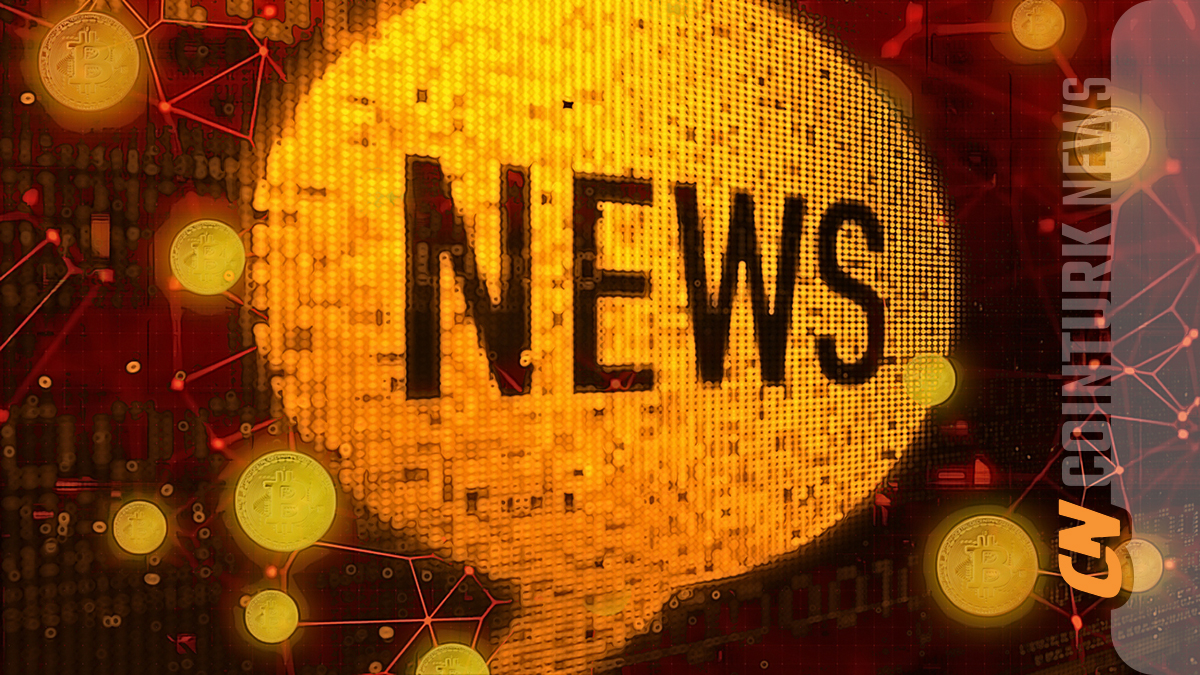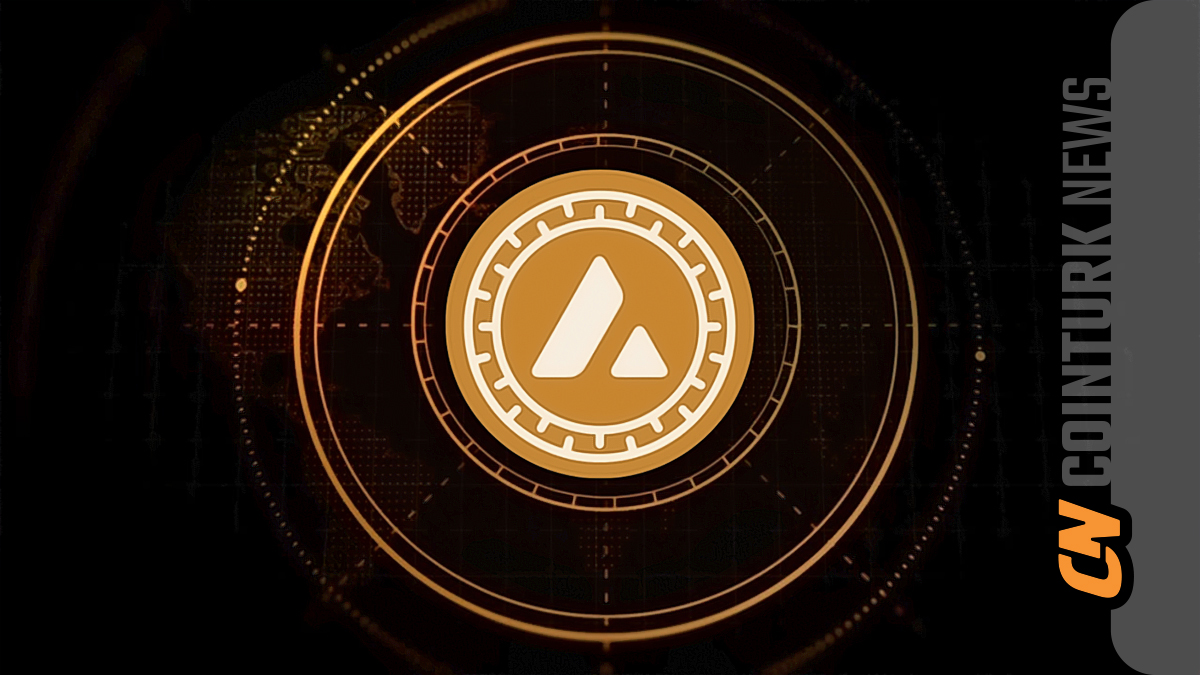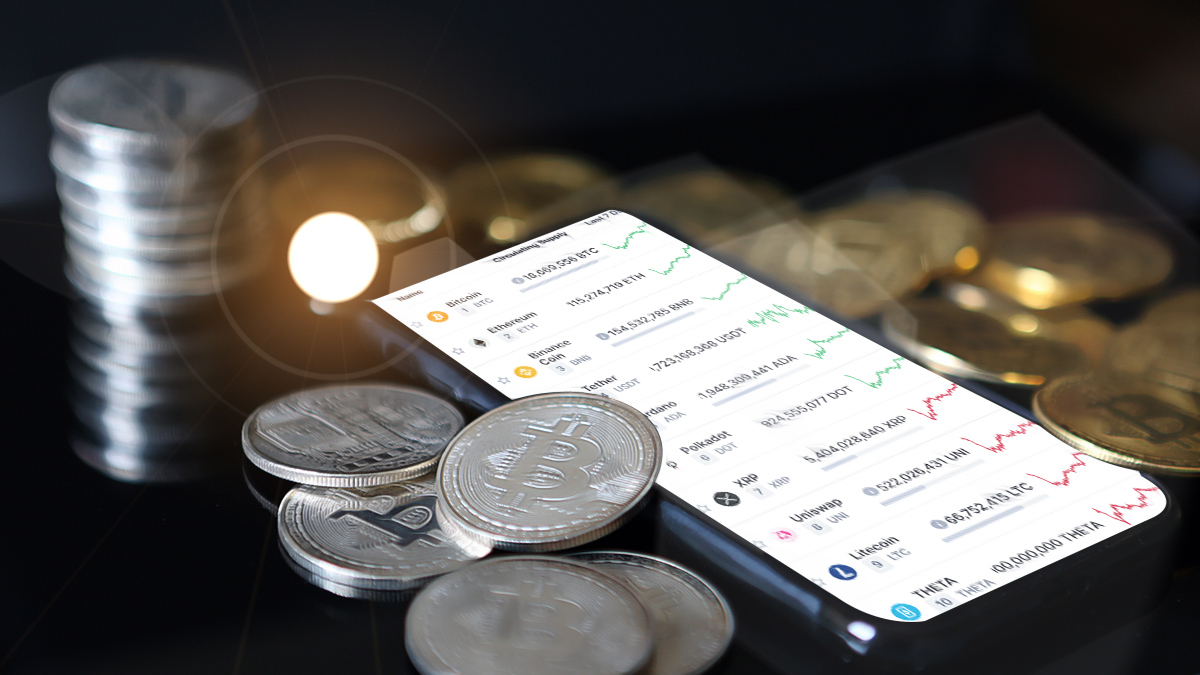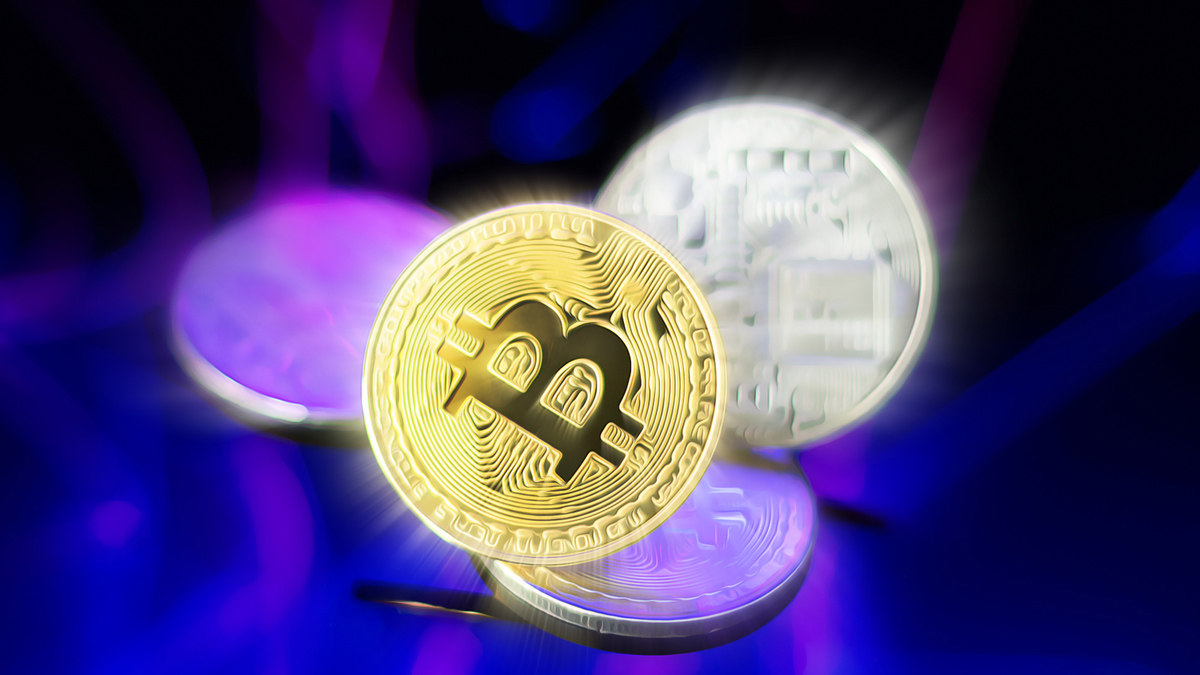Ethereum, has taken a meaningful step in helping scale Layer-2 rollups, but the ecosystem needs a unifying infrastructure from neutral third-party players to facilitate user experience. According to Avail co-founder Anurag Arjun, who examined the current state of the rollup ecosystem during an interview at the ETHGlobal conference in London, this is the case.
Notable Comments from a Prominent Figure
Sandeep Nailwal, along with Jaynti Kanani and Mihailo Bjelic, co-founded the Ethereum Layer-2 network Polygon, and Arjun has redirected his focus to creating a rollup infrastructure to unify the Ethereum Layer-2 ecosystem. During his time at Polygon, the team shifted to developing technology in line with Ethereum’s rollup-centric roadmap following the launch of Polygon’s proof-of-stake chain. As Arjun explains, this shift also required a new infrastructure:
“We knew that in the rollup world, you also need scalable data availability. That’s why we started Avail within Polygon in 2020.”
In March 2023, Arjun acquired the intellectual property rights from Polygon to continue developing Avail and was allowed to establish an independent company with Prabal Banerjee. Arjun stated in his remarks that they aim to be a rollup platform serving major rollup protocols like Starkware, zkSync, Arbitrum, and Optimism:
“The technology we are implementing is called data sampling. It is very similar to what Ethereum wants to do in its sharding roadmap.”
The roadmap itself is a long journey, and full danksharding functionality is only expected to become a reality in the next few years. Arjun says that rollups may not be able to wait that long for the data sampling capabilities that enable efficient verification of rollups:
“During the journey, we realized we would solve the scalability of rollups with scalable data availability. This would enable a world with tens of thousands of rollups but a very poor user experience.”

Layer-2 and the Ethereum Ecosystem
These developments are not a misrepresentation of the current Ethereum user experience, which requires navigating between different rollups to bridge funds or execute transfers or swaps. This experience is inherent to the nature of rollups and is something Arjun wants to solve:
“Theoretically, we take the proofs produced by independent rollups and combine them, so you can allow rollup users within rollups to communicate with each other.”
The envisioned end result is a unified rollup ecosystem. To achieve this goal, there is a need for a trusted and neutral third party to coordinate this process between different rollups that perform different functions.
While Arjun describes the Solana blockchain ecosystem as a large network with numerous applications, where users only have to deal with a single network, Ethereum’s rollup-centric roadmap has resulted in an ecosystem with many different Layer-2 chains.

 Türkçe
Türkçe Español
Español









